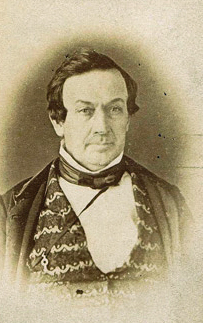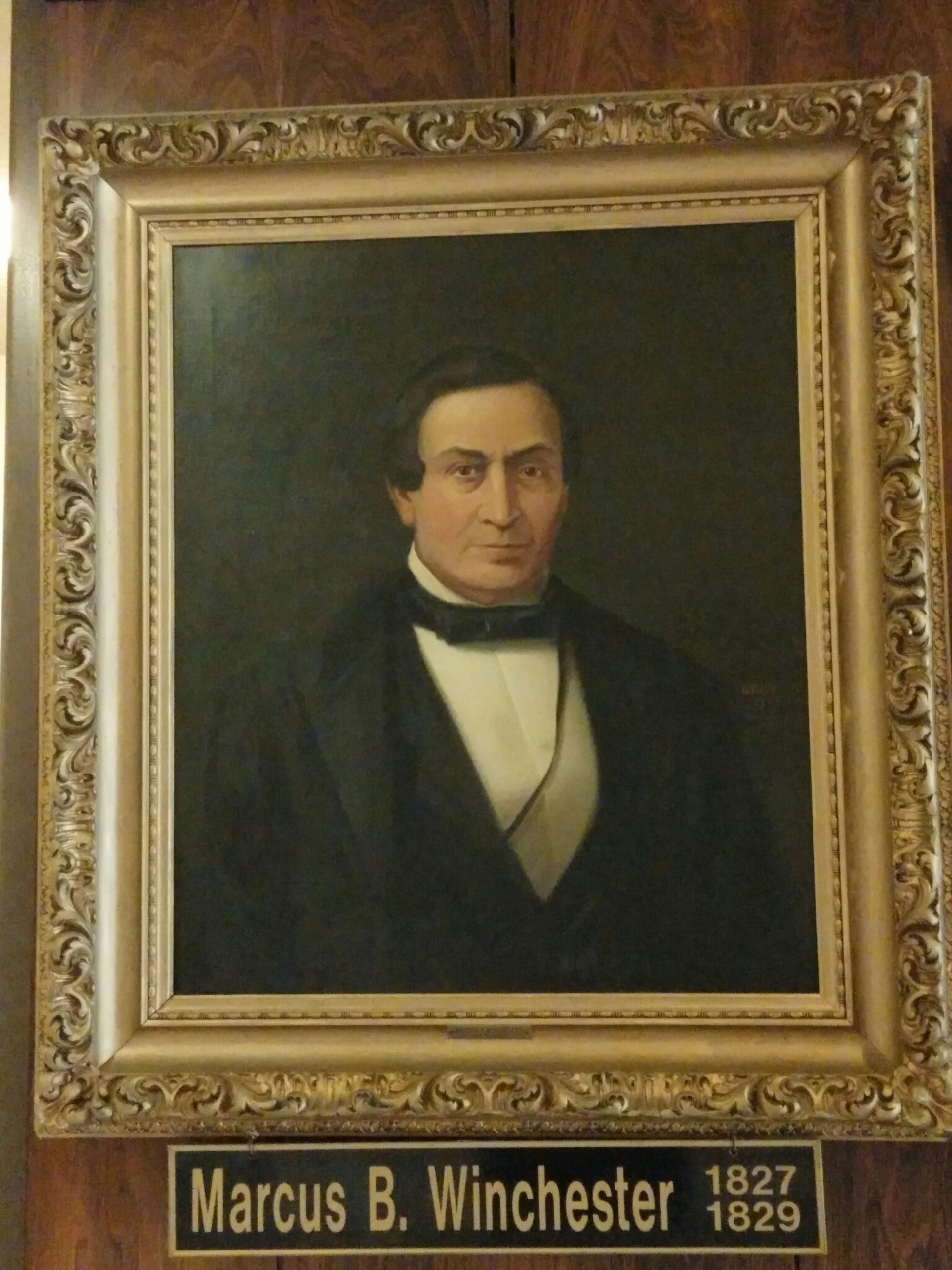Bio by: Vincent Astor
Family Members
-
![]()
Maria Winchester Breedlove
1793–1846
-
![]()
Selima Winchester Robeson
1800–1820
-
![]()
Lucilius Winchester
1800–1831
-
![]()
Elizabeth Caroline Winchester Shelby
1802–1827
-
![]()
Almira Winchester Wynne
1808–1883
-
![]()
Louisa Orville Winchester Rucker
1809–1888
-
![]()
Velerias Publicola Winchester
1810–1837
-
![]()
Helen Marr Winchester
1812–1870
-
![]()
James Martin Winchester
1816–1856
-
Maj George Washington Winchester Sr
1822–1878
Advertisement
Records on Ancestry
Advertisement


















